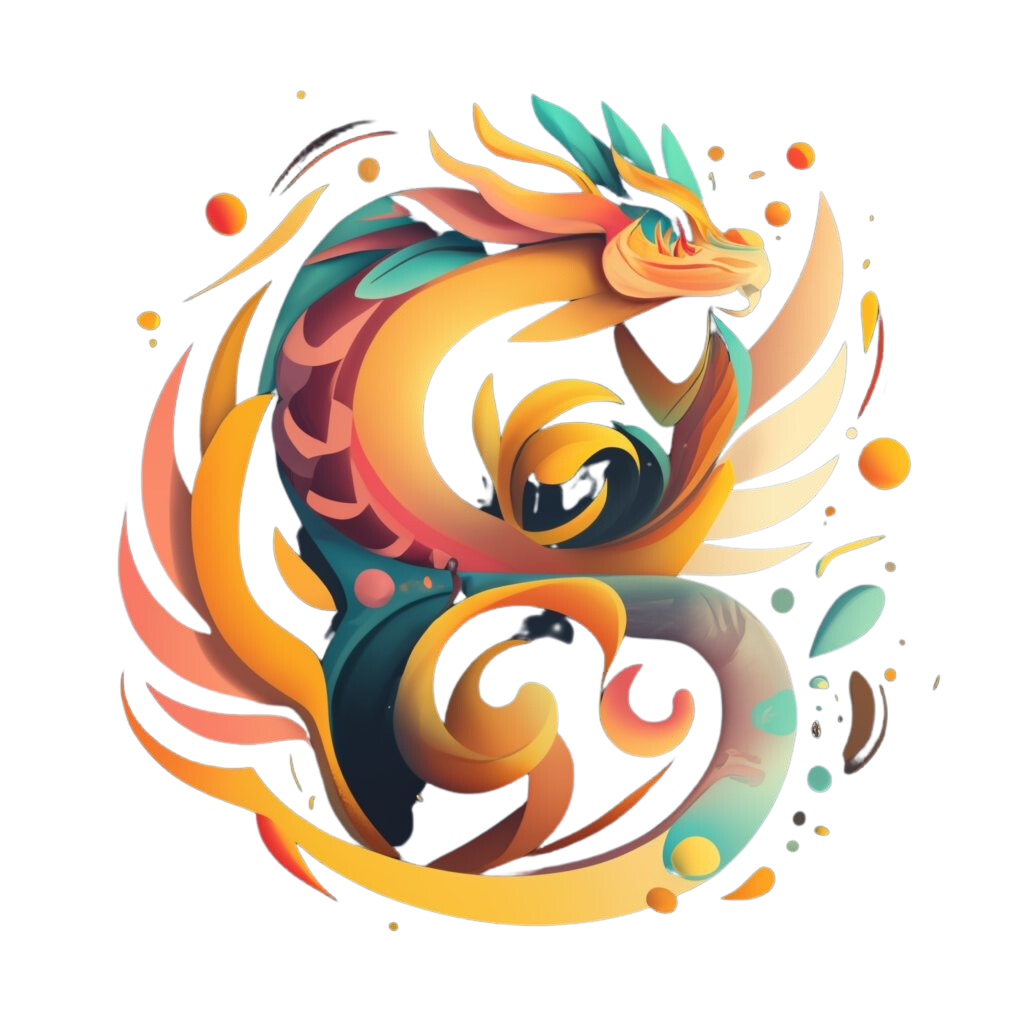Azerbaijan sits at the crossroads of Europe and Asia, where cultures, beliefs, and traditions blend to form a rich identity. Its folklore mirrors this mix—a lively collection of stories shaped by nomadic roots, oral storytelling, and ancient religions.
For centuries, storytellers and poets have passed down these legends, especially through epic poems like Dede Korkut. These tales feature heroes, magical beings, and lessons that reveal how Azerbaijans see the world and their place in it.
The Roots of Azerbaijani Mythology
Azerbaijan mythology draws from Zoroastrian, Persian, Turkic, and Islamic influences. Together, they create a diverse and layered tradition of myths and creatures.
Zoroastrianism emphasized the struggle between good and evil, a theme seen throughout Azerbaijani stories. The wise and healing bird Simurgh and the dark giant Div reflect this contrast—symbols of light and chaos.
Persian and Turkic traditions introduced characters like Peri and Tepegoz, enriching local stories with their own legends. The Peri—fairy-like spirits—are often kind and protective, while Tepegoz, the one-eyed giant from Dede Korkut represents wildness and destruction.
Islamic influence later shaped myths like that of Shahmaran, the serpent queen. Her story blends themes of faith, betrayal, and wisdom, showing how older myths adapted over time.
This mix of beliefs and storytelling created a distinct mythological world that remains central to Azerbaijani identity today.

Legendary Creatures of Azerbaijan
Azerbaijani’s mythical creatures symbolize life, nature, and the moral lessons woven into daily life. Each creature holds meaning that reflects human emotions, challenges, and values.
Tepegoz: The Cyclops of Dede Korkut
Tepegoz is one of the most famous figures in Azerbaijani folklore. A one-eyed giant with immense strength, he represents untamed power and chaos. In the Dede Korkut epic, his story warns against greed and pride, reminding listeners of the need for wisdom and restraint.
Simurgh: The Wise and Healing Bird
The Simurgh is a majestic bird known for its healing powers and deep wisdom. It often appears when hope seems lost, guiding heroes and restoring balance. The Simurgh reflects the harmony between humanity and nature—a theme that runs throughout Azerbaijani myths.
(For similar stories, explore Russian Mythical Creatures: Unveiling the Legends.)

Peri: The Enchanting Fairy Spirits
Peris are graceful, light-filled spirits that blend beauty with kindness. They often help humans in moments of struggle, symbolizing purity, compassion, and the magic of good deeds. Their stories remind people to cherish inner goodness and generosity.
Div: Demons and Dark Giants
The Divs are fierce and destructive beings—dark giants that symbolize fear and the unknown. They challenge heroes, pushing them to confront evil both around and within themselves. Div tales serve as moral lessons about courage, humility, and the fight between darkness and light.

Themes and Symbolism in Azerbaijani Folklore
Azerbaijani folklore carries strong moral and spiritual messages. Its themes show a deep respect for nature and a constant battle between good and evil.
- Good vs. Evil: The Simurgh embodies goodness and wisdom, while the Div stands for destruction and deceit.
- Nature: Stories like those of Peri and Shahmaran highlight harmony with the earth, water, and creatures.
- Morality: Many tales teach compassion, bravery, and honesty through their heroes and creatures.
These myths use symbolism to express values still relevant today—balance, respect, and moral strength.

Regional Variations and Cross-Cultural Links
Myths vary across Azerbaijan’s regions. Mountain villages might tell of fierce giants, while coastal areas celebrate water spirits or healing birds. These local versions enrich the folklore and reflect the land’s diversity.
Azerbaijani mythology also shares many similarities with neighboring cultures. For instance, Divs appear in Armenian and Turkish legends, while Simurgh stories echo across Persian literature.
(You can explore these connections further in Armenian Mythical Creatures: Ancient Myths Explained.)
| Mythical Creature | Azerbaijani Folklore | Armenian Mythology | Turkish Mythology |
| Simurgh/Simorg | Wise and healing bird | Benevolent bird creature | Associated with good fortune |
| Div | Demon or dark giant | Evil spirit or demon | Often depicted as a giant or evil being |
| Peri | Enchanting fairy spirits | Fairy-like beings | Beautiful, supernatural beings |
These shared figures show how myths traveled, adapting across languages and beliefs. This cultural exchange shaped a regional mythos that still connects people today.

Myth in Modern Azerbaijani Culture
Azerbaijani mythology continues to inspire today’s artists, writers, and filmmakers. The stories are retold in modern novels, poems, and plays that connect ancient themes with today’s world.
Visual artists reinterpret these myths through painting and sculpture, while musicians and filmmakers bring creatures like Simurgh and Tepegoz to life for new audiences.
These legends also influence common sayings and superstitions. References to Divs, Peris, or Simurghs often appear in Azerbaijani expressions about luck, wisdom, and morality.
The ongoing presence of mythology in daily life proves how deeply it’s woven into the national identity—bridging ancient heritage and modern creativity.
Similar to Azerbaijan’s folklore, the Georgian mythical creatures embody ancient spirits, dragons, and nature deities.
